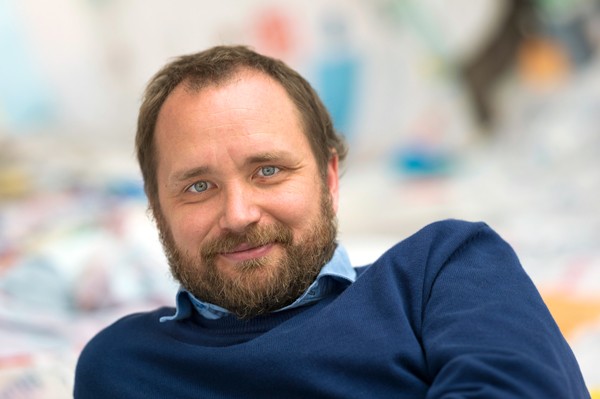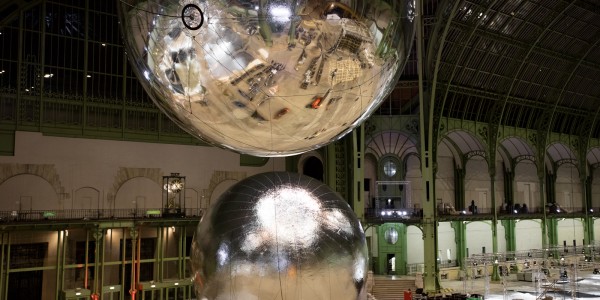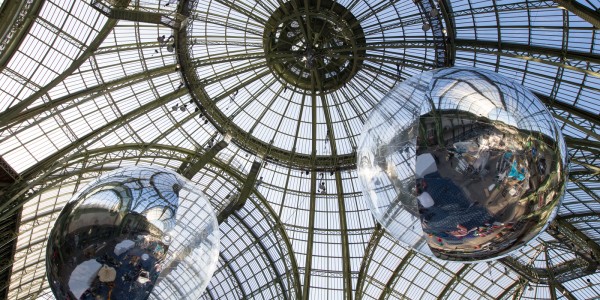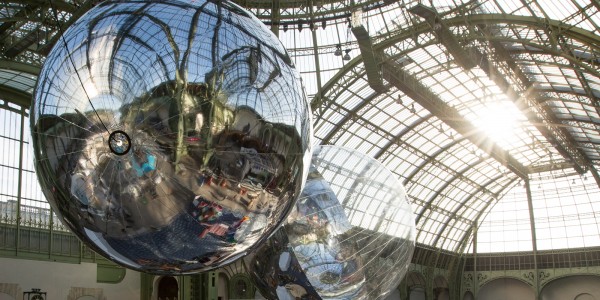Kosmorama, Nova Cinema, movie theatre # 9, March 12, 2016.
AEROCENE
From the Anthropocene to Aerocene
Tomás Saraceno (AR)
Tomás Saraceno’s artistic project Aerocene manifests itself in a series of sculptures that esteem to float around the world, bearing the message of simplicity, creativity and cooperation. They will achieve the longest emission-free journey: becoming buoyant only by the heat of the Sun and infrared radiation from the surface of Earth.
The sculptures float without burning fossil fuels, without using solar panels and batteries; and without helium, hydrogen and other rare gases. Aerocene questions and seeks answers to our current and troublesome dependency on fossil and hydrocarbon fuels and pollution – the topics that placed Aerocene at the context of United Nations Climate Change Conference COP21, 2015 Paris, where it was firstly presented.
During the conference, the artist will introduce the project in its full complexity, presenting its constituting parts and different aspects that make Aerocene to push frontiers between art and science.
Banner photo
College of Aerocene at flight altitude, 2015
Courtesy the artist; Tanya Bonakdar Gallery, New York; Andersen’s Contemporary, Copenhagen; Pinksummer contemporary art, Genoa; Esther Schipper, Berlin.
© Studio Tomás Saraceno, 2015
Tomás Saraceno
Born in 1973 in Tucumán, Argentina, Tomás Saraceno lives and works in and beyond the planet Earth. After receiving degrees in Architecture and Art in Buenos Aires he continued his postgraduate studies at SHBK– Städelschule, Frankfurt am Main, attending IUAV in Venice thereafter. In 2009, he partook in the International Space Studies Program at NASA, and was awarded the prestigious Calder Prize. In 2012, he participated in the artistic residency at MIT Center for Art, Science & Technology, with whom he began an ongoing collaboration. Saraceno’s works have been exhibited in numerous international solo and group exhibitions, such as Metropolitan Museum of Art (2012), Hamburger Bahnof (2011), and the Venice Art Biennale (2009). His practice, informed by the fields of art, architecture, natural and social sciences, articulates novel and visionary statements, explores sustainable ways of sensing and inhabiting the environment, and seeks for new possible relations between human, non-human, and the Earth.



